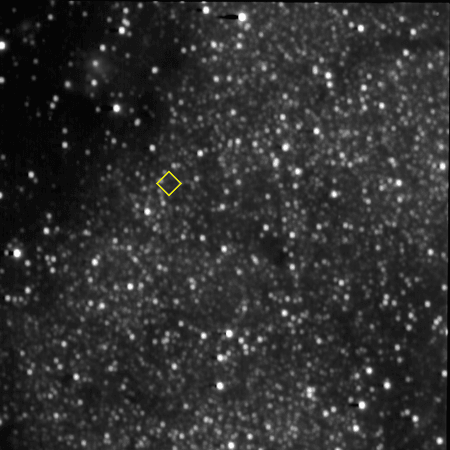
NASA's New Horizons spacecraft is presently half way to Pluto, and the spacecraft will now be analysing the outer solar system and then heading off towards its next target, a Kuiper Belt object (KBO).
Also Read: Canada documented more than 1,000 UFO sightings, says survey [VIDEOS]
The KBO — 2014 MU69 — was discovered by the Hubble telescope on June 26, 2014, and is New Horizon's next target.
New Horizons will pass by this mysterious rock on January 1, 2019.
"It's fantastic to have completed half the journey to our next flyby; that flyby will set the record for the most distant world ever explored in the history of civilisation," said Alan Stern, New Horizons principal investigator from the Southwest Research Institute in Boulder, Colorado, in a NASA statement.
The spacecraft will be in hibernation mode later this week, and will be flying dark through the halfway timing marker to MU69.
Numerous advanced examinations of far-off KBOs have already been made by New Horizons, and it has transmitted data regarding a past encounter with Pluto for the last 16 months.
The data accumulated by the spacecraft has revealed much about the Kuiper Belt's charged-particle environment and the unique debris it consists of.
"The January 2019 MU69 flyby is the next big event for us, but New Horizons is truly a mission to more broadly explore the Kuiper Belt," said Hal Weaver, New Horizons project scientist from APL.
"In addition to MU69, we plan to study more than two-dozen other KBOs in the distance and measure the charged particle and dust environment all the way across the Kuiper Belt," Weaver added.
Presently, the New Horizons spacecraft is at a distance of 5.7 billion km ( 3.5 billion miles) from Earth. Radio signals sent to the spacecraft by the research team on Earth take 5 hours and 20 minutes to reach the craft, even at the speed of light.
What is the Kuiper Belt?
The Kuiper Belt is a band of rock and other natural space debris that forms a circumstellar disc around our solar system. While the belt comprises a large number of asteroids it is also home to billions of rocks containing volatiles like water and methane, held over from the Solar System's formation. The KB is also home to Pluto, Haumea, and Makemake.















